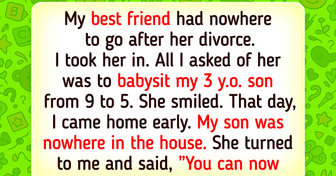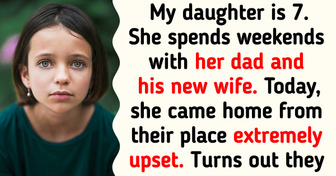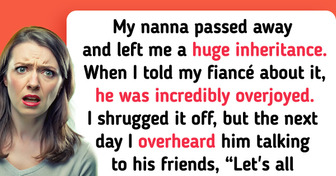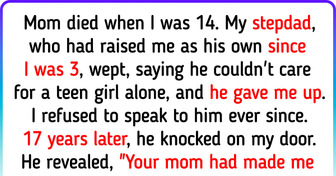18 Stories About Friends Who Turned Out to Be Hidden Villains
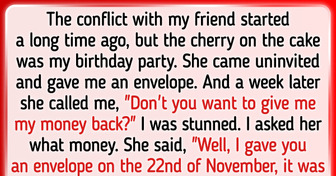
The moment your child switches from a crib to a bed, you may expect them to stay asleep so you can finally get some rest. But most kids at this age won’t let that happen and keep crying, pediatricians say. So, in this case, good sleep training methods are needed.
We at Bright Side wish you nice, relaxing nights and would love to share some tips for sleep training older children as suggested by the director of the Yale Pediatric Sleep Center.
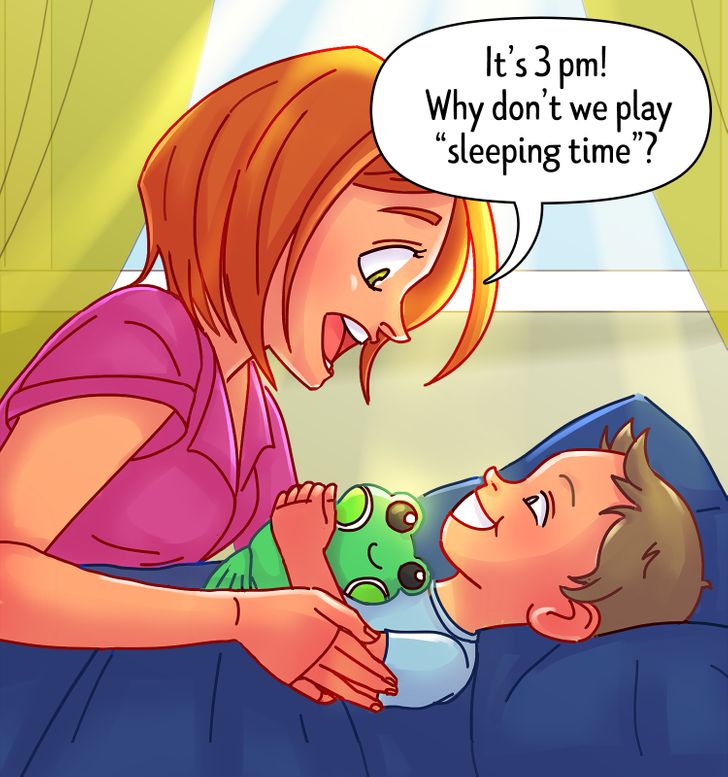
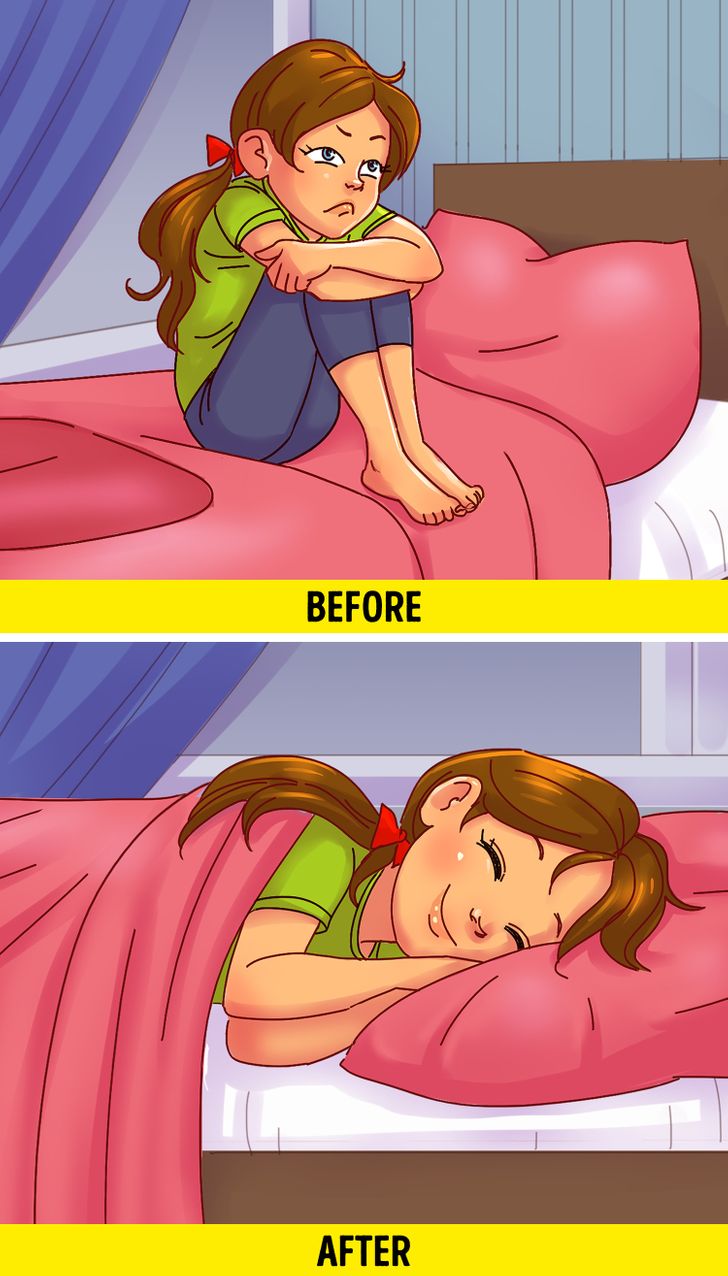
First of all, you need to find out how long it typically takes your child to fall asleep after you turn out the lights. It’s easy to find out, especially if you stay with your baby before they fall asleep. Of course, this technique needs a lot of energy and patience. You may feel lazy — especially if you have a job to worry about — but soon you’ll be able to sleep peacefully.
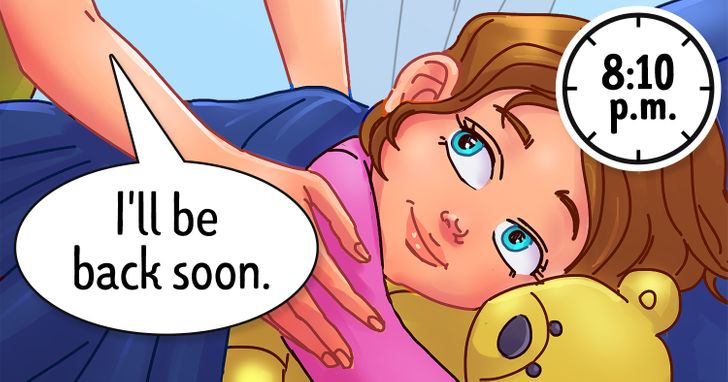
This is how the whole process should look:
You can stop doing this once your child falls asleep independently for a week or when you can take a 30-minute break.
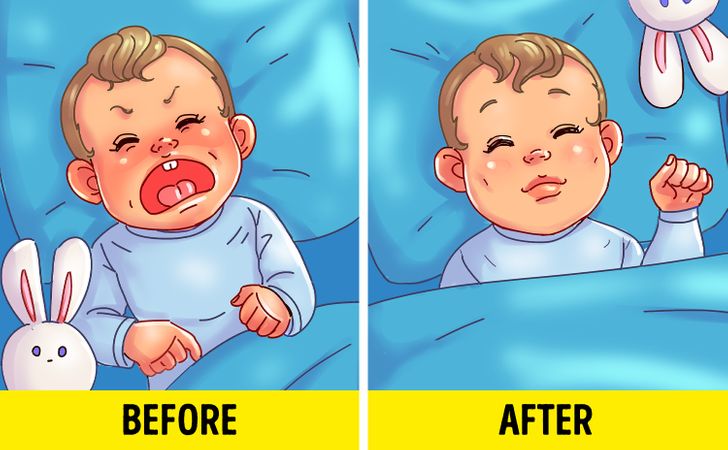
This is a variation of the previous practice. The difference is that it involves taking many short breaks. The pediatrician says it works especially well for children who tend to cry or get up when you leave, even for a minute. Just have some patience and good results will come soon.
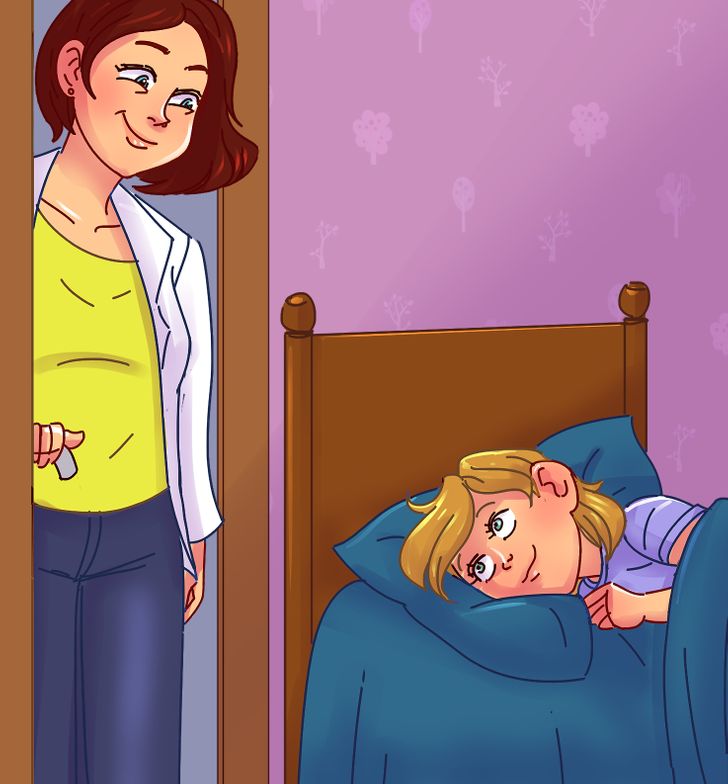
This is the method:
When your child will be able to stay in bed without you for a week, it’s a win.
What tricks do you use to make your child go to bed? Would you like to practice sleep training during the day?


